Basic Singapore Ingredients

Bamboo shoots are used fresh, dried or canned in Asian cookery. Fresh shoots are sweeter and crunchier than canned ones. Peel, slice and boil them for about 30 minutes before using. Drain and boil canned bamboo shoots for 5 minutes to refresh them.
Bangkuang is a globe-shaped tuber, tapered slightly at one end like a top, with a papery beige skin covering a crisp, white flesh. Sweet and juicy when small and young, they tend to become fibrous with age.
Belachan is the Malay name for dried shrimp paste. Several types are found, ranging from very moist and black in colour to the light brown, crumbly shrimp paste popular in Malacca.
Shrimp paste should be toasted before being used by dry-frying in a pan, placing the belachan on the back of a spoon and toasting it above a flame, or wrapping it in foil and grilling it.  Dried black Chinese mushrooms must be soaked in hot water to soften before use, from about 15 minutes to 1 hour, depending on the thickness of the caps.
Dried black Chinese mushrooms must be soaked in hot water to soften before use, from about 15 minutes to 1 hour, depending on the thickness of the caps.  Candlenuts are waxy, straw-coloured nuts that are ground to add texture and flavour to spice pastes and curry mixtures. raw cashews or macadamia nuts may be substituted.
Candlenuts are waxy, straw-coloured nuts that are ground to add texture and flavour to spice pastes and curry mixtures. raw cashews or macadamia nuts may be substituted.
Chillies come in many shapes and sizes. The relatively large red or green finger chillies are commonly used in most Singapore dishes. Tiny bird's-eye chillies, also known as chili padi, provide more heat.
Dried red chillies are sometimes preferred for the smoky flavour they give to cooked dishes.  Coconut milk is made by mixing freshly grated coconut flesh with water and squeezing the liquid from the mixture. Add 125 ml ( cup) water to 3 cups of grated fresh coconut (the flesh from one coconut). Squeeze and strain to obtain thick coconut milk. Add 625 ml (2 1/2 cups) water to the grated coconut and squeeze again to obtain thin coconut milk.
Coconut milk is made by mixing freshly grated coconut flesh with water and squeezing the liquid from the mixture. Add 125 ml ( cup) water to 3 cups of grated fresh coconut (the flesh from one coconut). Squeeze and strain to obtain thick coconut milk. Add 625 ml (2 1/2 cups) water to the grated coconut and squeeze again to obtain thin coconut milk.  Curry leaves are sold in sprigs of 12-16 small, slightly pointed green leaves.
Curry leaves are sold in sprigs of 12-16 small, slightly pointed green leaves.  Curry leaves are sold in sprigs of 12-16 small, slightly pointed green leaves.
Curry leaves are sold in sprigs of 12-16 small, slightly pointed green leaves.
There is no substitute, although they are sometimes sold frozen.  Dried prawns are best kept refrigerated in a humid climate. Look for brightly-coloured, plump prawns. Soak for about 5 minutes to soften.
Dried prawns are best kept refrigerated in a humid climate. Look for brightly-coloured, plump prawns. Soak for about 5 minutes to soften.  Galangal is an aromatic root used throughout most of Southeast Asia, known as lengkuas in Singapore and Malaysia, as laos in Indonesia and as kha in Thailand. The fresh root can be sliced and deep-frozen for future use.
Galangal is an aromatic root used throughout most of Southeast Asia, known as lengkuas in Singapore and Malaysia, as laos in Indonesia and as kha in Thailand. The fresh root can be sliced and deep-frozen for future use.
Garam Masala is made from a blend of spices.
It is available premixed from Indian foodstores but is easily made at home. Gently roast 30 g cinnamon sticks, 10 g cardamoms, 5 g cloves, 15 g fennel, 5 g black peppercorns and 4 bay leaves until aromatic then cool and grind to a fine powder. Store in an airtight container.  Hay koh is also known as black prawn paste and is sometimes labelled petis. This thick black paste has a strong fishy taste and is used in some Nonya dishes such as Penang Laksa and Rojak sauce.
Hay koh is also known as black prawn paste and is sometimes labelled petis. This thick black paste has a strong fishy taste and is used in some Nonya dishes such as Penang Laksa and Rojak sauce.  Ikan bilis, or dried white-bait, are tiny whole fish ranging in size from 1 - 6cm (-2 m).' If possible, buy cleaned whitebait which have had the heads and dark intestinal tracts removed; otherwise, snap off the heads and flick out the intestinal tract with the point of a sharp knife for each tiny fish.
Ikan bilis, or dried white-bait, are tiny whole fish ranging in size from 1 - 6cm (-2 m).' If possible, buy cleaned whitebait which have had the heads and dark intestinal tracts removed; otherwise, snap off the heads and flick out the intestinal tract with the point of a sharp knife for each tiny fish.
Kangkung is a highly nutritious leafy green vegetable also known as water spinach.
Young shoots may be eaten raw as part of a salad platter or with a dip. The leaves and tender stems are often braised with chilli and spices.  Kiam Chye (salted pickled mustard cabbage) is used in some Chinese and Nonya dishes. Soak the heavily salted cabbage in water for 45 minutes to remove some of the saltiness, repeating if necessary
Kiam Chye (salted pickled mustard cabbage) is used in some Chinese and Nonya dishes. Soak the heavily salted cabbage in water for 45 minutes to remove some of the saltiness, repeating if necessary  Lap cheong, or sweet, dried Chinese sausages are perfumed with rose-flavoured wine. They are never eaten alone, but sliced and cooked with rice or other foods.
Lap cheong, or sweet, dried Chinese sausages are perfumed with rose-flavoured wine. They are never eaten alone, but sliced and cooked with rice or other foods.
Noodles are very popular in Singapore and many different types are used. Fresh yellow egg noodles (mee) are made from egg, wheat flour and water and sold in varying thicknesses.
Rice flour noodles resemble white spaghetti and are used in laksa. Dried rice vermicelli noodles or beehoon are thin noodles made from rice flour and water. 
 Tofu or bean curd comes in various form. Soft tofu is silky and smooth. Tau kwa is hard tofu that has been compressed to expel most of the moisture. Tofu skin is the dried skin that forms on top of boiling soy milk; it is dried and sold in sheets as a wrapper, or as taufu kee, d, thick twisted skin added to meat or vegetable dishes.
Tofu or bean curd comes in various form. Soft tofu is silky and smooth. Tau kwa is hard tofu that has been compressed to expel most of the moisture. Tofu skin is the dried skin that forms on top of boiling soy milk; it is dried and sold in sheets as a wrapper, or as taufu kee, d, thick twisted skin added to meat or vegetable dishes.
Small squares of fermented tofu are sold in jars. They are either red on the outside, if flavoured with chilli and spices, or creamy white and used as a condiment with rice porridge. Another type of bean curd sometimes added to braised dishes or soups is dried-fried bean curd, Tau pok, which is generally sold in small rectangles. These are often sold on strings in Asia, but are elsewhere usually packed in plastic. They are light and spongy in texture, and need to be dipped briefly in boiling water to remove the oil before being used. Dried deep-fried bean curd has as almost nutty flavor and is particularly appreciated for the way it soaks up the liquid to which it is added.
It can be kept refrigerated for at least two weeks.
Rice vinegar is a mild and fragrant vinegar. You may substitute distilled white vinegar, however reduce the quantity.
Rice wine is used in many Chinese recipes. The best wine is from Shao Xing in China; substitute sake or dry sherry.

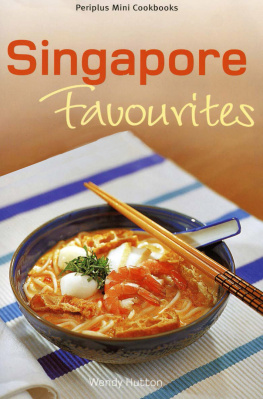
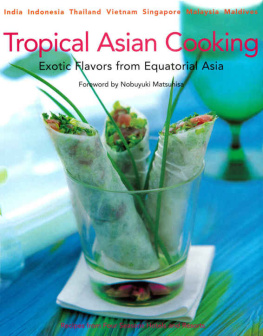
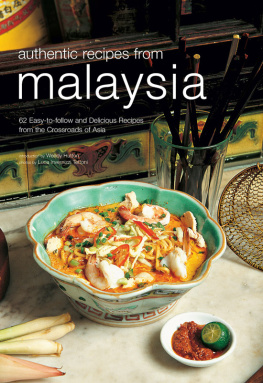

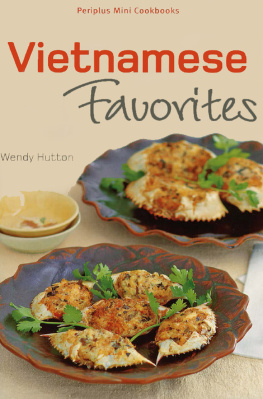

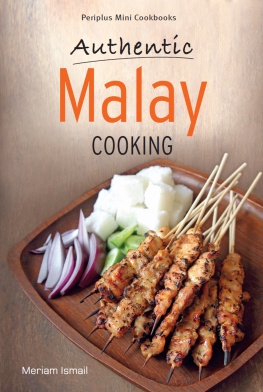

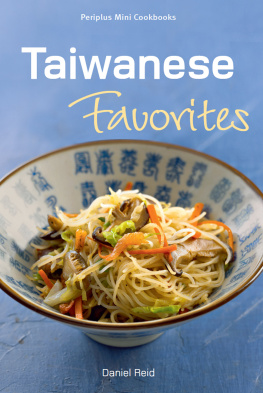
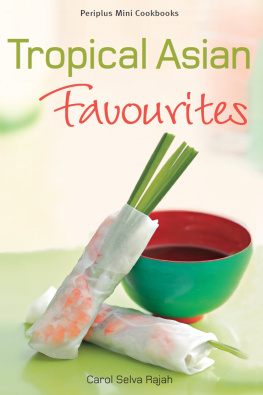
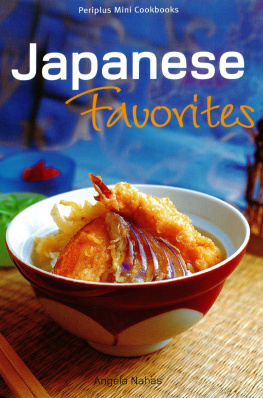

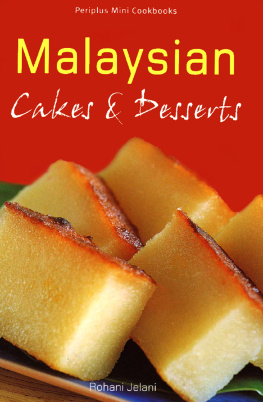

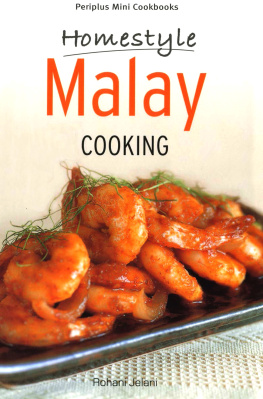

 Bamboo shoots are used fresh, dried or canned in Asian cookery. Fresh shoots are sweeter and crunchier than canned ones. Peel, slice and boil them for about 30 minutes before using. Drain and boil canned bamboo shoots for 5 minutes to refresh them.
Bamboo shoots are used fresh, dried or canned in Asian cookery. Fresh shoots are sweeter and crunchier than canned ones. Peel, slice and boil them for about 30 minutes before using. Drain and boil canned bamboo shoots for 5 minutes to refresh them. Dried black Chinese mushrooms must be soaked in hot water to soften before use, from about 15 minutes to 1 hour, depending on the thickness of the caps.
Dried black Chinese mushrooms must be soaked in hot water to soften before use, from about 15 minutes to 1 hour, depending on the thickness of the caps.  Candlenuts are waxy, straw-coloured nuts that are ground to add texture and flavour to spice pastes and curry mixtures. raw cashews or macadamia nuts may be substituted.
Candlenuts are waxy, straw-coloured nuts that are ground to add texture and flavour to spice pastes and curry mixtures. raw cashews or macadamia nuts may be substituted. Coconut milk is made by mixing freshly grated coconut flesh with water and squeezing the liquid from the mixture. Add 125 ml ( cup) water to 3 cups of grated fresh coconut (the flesh from one coconut). Squeeze and strain to obtain thick coconut milk. Add 625 ml (2 1/2 cups) water to the grated coconut and squeeze again to obtain thin coconut milk.
Coconut milk is made by mixing freshly grated coconut flesh with water and squeezing the liquid from the mixture. Add 125 ml ( cup) water to 3 cups of grated fresh coconut (the flesh from one coconut). Squeeze and strain to obtain thick coconut milk. Add 625 ml (2 1/2 cups) water to the grated coconut and squeeze again to obtain thin coconut milk.  Curry leaves are sold in sprigs of 12-16 small, slightly pointed green leaves.
Curry leaves are sold in sprigs of 12-16 small, slightly pointed green leaves.  Dried prawns are best kept refrigerated in a humid climate. Look for brightly-coloured, plump prawns. Soak for about 5 minutes to soften.
Dried prawns are best kept refrigerated in a humid climate. Look for brightly-coloured, plump prawns. Soak for about 5 minutes to soften.  Galangal is an aromatic root used throughout most of Southeast Asia, known as lengkuas in Singapore and Malaysia, as laos in Indonesia and as kha in Thailand. The fresh root can be sliced and deep-frozen for future use.
Galangal is an aromatic root used throughout most of Southeast Asia, known as lengkuas in Singapore and Malaysia, as laos in Indonesia and as kha in Thailand. The fresh root can be sliced and deep-frozen for future use. Hay koh is also known as black prawn paste and is sometimes labelled petis. This thick black paste has a strong fishy taste and is used in some Nonya dishes such as Penang Laksa and Rojak sauce.
Hay koh is also known as black prawn paste and is sometimes labelled petis. This thick black paste has a strong fishy taste and is used in some Nonya dishes such as Penang Laksa and Rojak sauce.  Ikan bilis, or dried white-bait, are tiny whole fish ranging in size from 1 - 6cm (-2 m).' If possible, buy cleaned whitebait which have had the heads and dark intestinal tracts removed; otherwise, snap off the heads and flick out the intestinal tract with the point of a sharp knife for each tiny fish.
Ikan bilis, or dried white-bait, are tiny whole fish ranging in size from 1 - 6cm (-2 m).' If possible, buy cleaned whitebait which have had the heads and dark intestinal tracts removed; otherwise, snap off the heads and flick out the intestinal tract with the point of a sharp knife for each tiny fish. Kiam Chye (salted pickled mustard cabbage) is used in some Chinese and Nonya dishes. Soak the heavily salted cabbage in water for 45 minutes to remove some of the saltiness, repeating if necessary
Kiam Chye (salted pickled mustard cabbage) is used in some Chinese and Nonya dishes. Soak the heavily salted cabbage in water for 45 minutes to remove some of the saltiness, repeating if necessary  Lap cheong, or sweet, dried Chinese sausages are perfumed with rose-flavoured wine. They are never eaten alone, but sliced and cooked with rice or other foods.
Lap cheong, or sweet, dried Chinese sausages are perfumed with rose-flavoured wine. They are never eaten alone, but sliced and cooked with rice or other foods.
 Tofu or bean curd comes in various form. Soft tofu is silky and smooth. Tau kwa is hard tofu that has been compressed to expel most of the moisture. Tofu skin is the dried skin that forms on top of boiling soy milk; it is dried and sold in sheets as a wrapper, or as taufu kee, d, thick twisted skin added to meat or vegetable dishes.
Tofu or bean curd comes in various form. Soft tofu is silky and smooth. Tau kwa is hard tofu that has been compressed to expel most of the moisture. Tofu skin is the dried skin that forms on top of boiling soy milk; it is dried and sold in sheets as a wrapper, or as taufu kee, d, thick twisted skin added to meat or vegetable dishes.